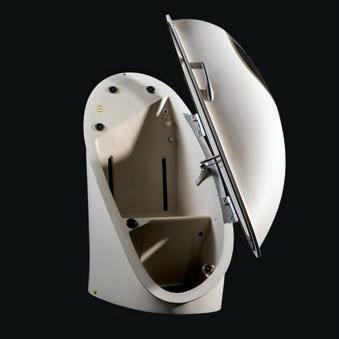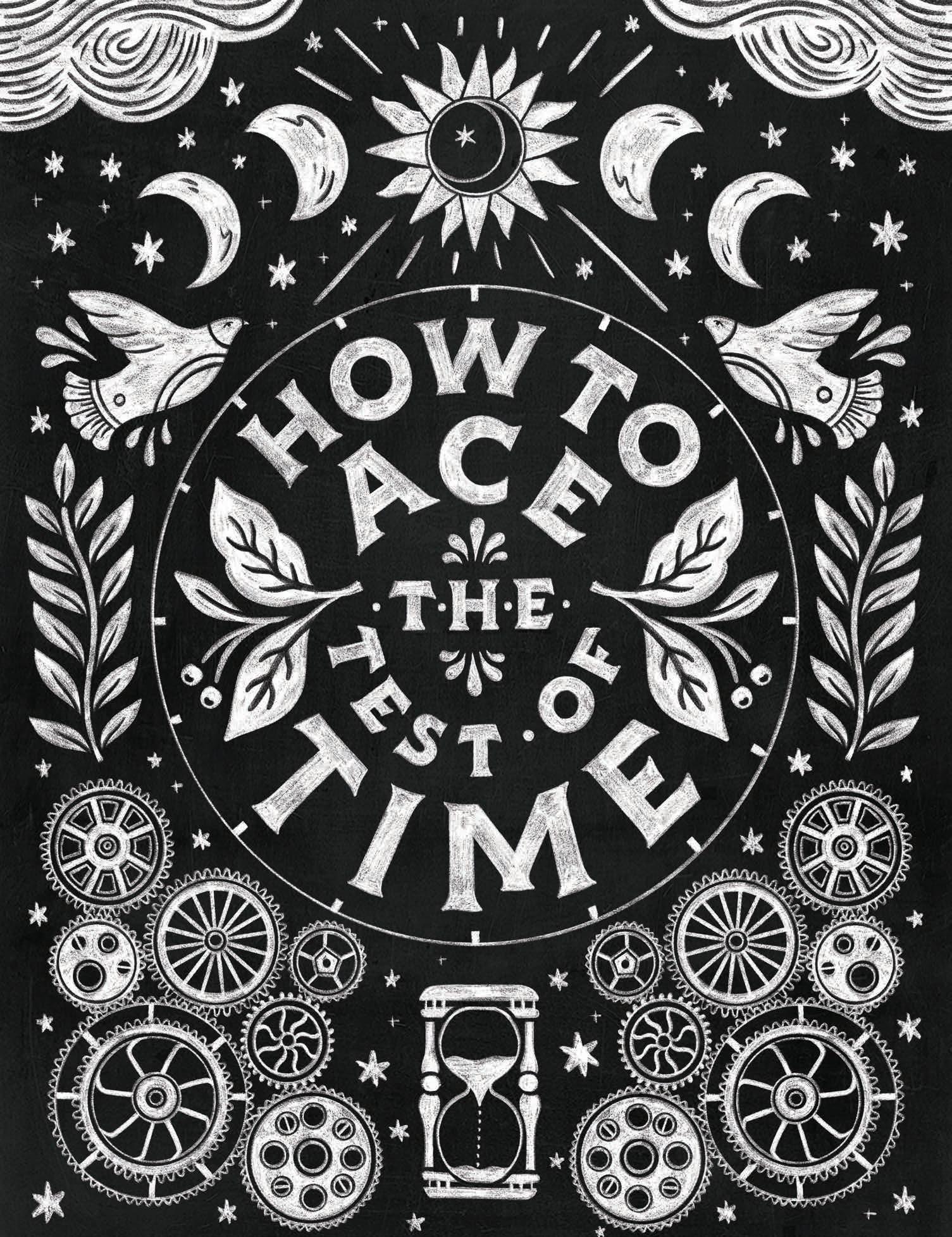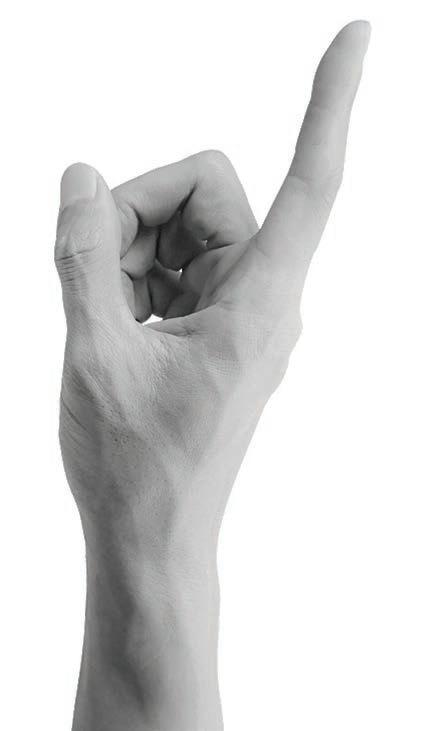
3 minute read
Body Check
Artifact BODY CHECK
This machine can scan your body in under five minutes and provide your precise body fat percentage. Here’s how UCF students and researchers are using it to help everyone from athletes to the elderly.
Advertisement
BY JENNA MARINA LEE
We all want to be stronger and healthier. What if you could scan your body to determine the most efficient way to turn those desires into reality?
It’s easy to see how athletes benefit from understanding their body composition. The data from the Bod Pod — a tool utilized in both UCF’s kinesiology and physical therapy programs — can be used to create nutrition and exercise programs tailored to achieve optimal performance.
But the average individual can benefit too. Checking body composition is critical because it can be related to many comorbidities, such as cardiovascular disease or Type 2 diabetes.
“Monitoring how much muscle we lose over time is important because it is a predictor of lower physical function, poor quality of life and mortality,” says Jeff Stout, UCF professor and director for the School of Kinesiology and Physical Therapy. “In less than five minutes, this machine can measure your percentage of body fat and fat-free mass, which provides us the information needed to help people understand their current state of health.”

HOW IT WORKS
Individuals put on a skullcap and bathing suit before their height and weight are measured, since hair and clothes will affect the reading. The participant then sits in the device, and the Bod Pod calculates the amount of air volume displaced, so body fat and fat-free mass can be determined. The results are instant and the data output can be analyzed by the team on the spot.
UNIQUE EQUATIONS
The software is frequently updated as equations are developed to account for factors such as race, gender or even the specific sport an athlete competes in. Stout explains, for instance, that Black males’ lean body mass is slightly denser than their white counterparts. “If you use the equation that was developed on Caucasians, it’s not going to estimate the body composition correctly, which means we can’t give [Black participants] the right advice,” says Stout, who oversees the exercise physiology doctoral program that was ranked No. 1 in the state and ninth in the nation by the National Academy of Kinesiology.
ADDITIONAL APPLICATIONS
In collaboration with faculty from the College of Nursing and College of Engineering and Computer Science, Stout is examining the relationships between muscle mass, balance and function in older adults in underserved communities to lower their risk for falls. “If we have a better understanding of how these areas affect their risk for falls, then perhaps we could put them on an exercise program designed to improve body composition and balance, thus reducing the risk of falls, which can lead to health complications and sometimes death,” Stout says.
GOLD STANDARD
The Bod Pod uses a similar technique to the one Archimedes discovered more than 2,000 years ago after King Hieron II tasked the Greek scientist to find out if his crown was made of pure gold. According to the legend, Archimedes, unable to simply melt the king’s headpiece, instead weighed the crown before submerging it in water. Next, he captured and measured the water that spilled out of the container, which didn’t equal the crown’s predicted volume and density — revealing the crown was not made of pure gold. “The Bod Pod uses the same principle to estimate body composition, only with air displacement [instead of water],” Stout says.










